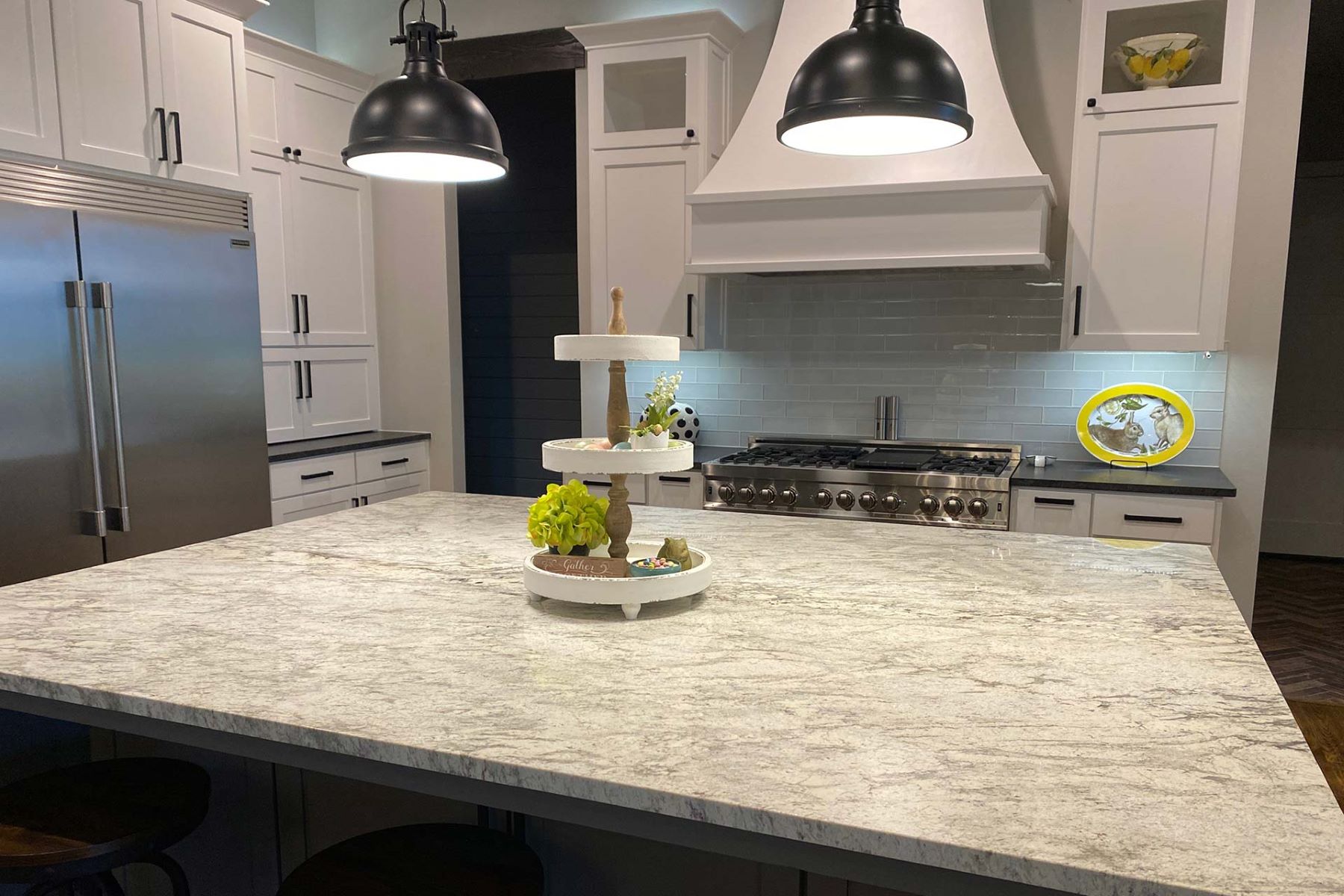

Articles
How To Update Countertops Without Replacing
Modified: December 7, 2023
Discover effective ways to update your countertops without the need for a costly replacement. Read our informative articles for expert tips and guidance.
(Many of the links in this article redirect to a specific reviewed product. Your purchase of these products through affiliate links helps to generate commission for Storables.com, at no extra cost. Learn more)
Introduction
Updating your countertops can completely transform the look and feel of your kitchen or bathroom. However, the idea of replacing countertops can be daunting due to the high cost, time-consuming installation process, and the disruption it can cause to your daily routine. Fortunately, there are alternative options available that allow you to update your countertops without the need for a complete replacement. In this article, we will explore five different methods for updating your countertops, each offering a cost-effective and relatively simple solution.
Whether you are looking to refresh your countertops for aesthetic reasons or planning to put your home on the market, these methods can give your space a new lease of life without breaking the bank. Let’s delve into the details of each option and discover how you can achieve a stunning countertop upgrade without the hassle of a full replacement.
Key Takeaways:
- Transform your countertops without the hassle of a full replacement using cost-effective methods like painting, overlay installation, resurfacing kits, contact paper, or tiling. Each option offers a unique way to update your space and reflect your personal style.
- Whether you’re on a budget or looking for a temporary solution, there are creative and DIY-friendly ways to refresh your countertops. From painted countertops to tiling over existing surfaces, explore the variety of options available to achieve a stunning transformation without breaking the bank.
Option 1: Painted Countertops
One of the easiest and most budget-friendly ways to update your countertops is by painting them. With the right preparation and paint, you can give your countertops a fresh, new look that suits your style and complements your kitchen or bathroom decor.
To start, you’ll need to clean your countertops thoroughly and sand them to create a smooth surface for the paint to adhere to. Next, apply a primer specifically designed for countertops to ensure proper adhesion. Once the primer is dry, it’s time to paint. Choose a high-quality, durable paint that is suitable for countertops, such as an acrylic or epoxy paint. Make sure to apply multiple thin coats for a long-lasting finish.
When painting your countertops, get creative with colors and patterns. You can opt for a solid color, or consider creating a faux stone or marble effect using different shades of paint. To enhance durability and protect the painted surface, apply a clear sealant or epoxy coating. This will not only provide a polished look but also make the countertops more resistant to wear and tear.
Keep in mind that painted countertops may require periodic touch-ups to maintain their appearance. Depending on the level of usage, it’s important to avoid using abrasive cleaners or harsh chemicals that can damage the painted surface. Regular cleaning with a mild soap and water solution should suffice to keep your painted countertops looking fresh and vibrant.
Painted countertops are a cost-effective way to achieve a dramatic transformation. Whether you want to brighten up your space with a new color or create a faux stone look, this option allows you to personalize your countertops to suit your style and preferences.
Option 2: Installing a Countertop Overlay
If you want to change the look of your countertops without the hassle of removing the existing ones, installing a countertop overlay is a fantastic option. A countertop overlay is a thin material that is placed directly on top of your existing countertops, giving them a completely new surface and appearance.
There are various types of countertop overlays available, including laminate, quartz, and granite overlays. Laminate overlays are cost-effective and come in a wide range of designs and colors, making them suitable for a variety of styles. Quartz and granite overlays, on the other hand, provide a more luxurious and natural look, mimicking the appearance of solid stone countertops.
The installation process for a countertop overlay is relatively simple. The old countertops are thoroughly cleaned, and the overlay sheets are custom-cut and bonded to the existing surface using a strong adhesive. The edges are then trimmed and finished to create a seamless appearance.
Countertop overlays offer several advantages. Firstly, they provide a more affordable alternative to a full countertop replacement, as they eliminate the need for demolition and disposal of the old countertops. Secondly, overlays can be installed relatively quickly, minimizing the disruption to your daily routine. Lastly, the selection of colors and designs available for overlays is extensive, allowing you to easily find a style that suits your taste and enhances your space.
It’s important to note that while countertop overlays are durable and resistant to stains and scratches, they do require regular maintenance and care. Avoid using abrasive cleaners and harsh chemicals that may damage the overlay’s surface. Instead, clean the countertops with a non-abrasive, mild cleaner and a soft cloth to maintain their appearance.
Installing a countertop overlay is an excellent way to transform your countertops without the need for a complete replacement. It offers flexibility in design, cost-effectiveness, and a relatively straightforward installation process, making it a popular choice among homeowners looking to update their countertops.
Option 3: Applying a Resurfacing Kit
If you’re looking for a DIY solution to update your countertops, applying a resurfacing kit is a great option. These kits are designed to give your countertops a professional-looking finish by using a combination of specialized coatings and techniques.
A resurfacing kit typically includes a primer, base coat, decorative chips, and a topcoat. The first step is to thoroughly clean and prep your countertops, ensuring that they are free of any dirt, grease, or old finishes. Once cleaned, you’ll apply the primer, which helps the coatings adhere properly to the countertop surface.
Next, the base coat is applied. This is usually a tinted epoxy or acrylic paint that creates the base color of the countertop. After the base coat, decorative chips can be sprinkled onto the wet surface, adding texture and visual interest to the countertops. These chips come in a variety of colors and can be customized to match your desired aesthetic.
Once the base coat and chips are applied, a clear topcoat is added to seal the surface and provide durability and protection. This topcoat is typically a strong, heat-resistant epoxy or polyurethane that enhances the appearance and longevity of the countertops.
Applying a resurfacing kit offers many benefits. Firstly, it is a cost-effective solution compared to a complete countertop replacement. Secondly, the process can be completed within a weekend, allowing you to enjoy your refreshed countertops in a short amount of time.
Keep in mind that while resurfacing kits provide a durable and long-lasting finish, they do require proper care to maintain their appearance. Avoid using abrasive cleaners or harsh chemicals that can damage the surface. Instead, use a non-abrasive, mild cleaner and a soft cloth for regular maintenance.
Applying a resurfacing kit is a fantastic DIY option for updating your countertops. It allows you to achieve a professional-looking finish without the high cost and extensive time investment of a full replacement. With the right kit and proper application, you can transform your countertops and breathe new life into your kitchen or bathroom.
Consider using a countertop refinishing kit to update the look of your countertops without the cost of replacement. These kits are affordable and can give your countertops a fresh, new appearance.
Option 4: Using Contact Paper or Vinyl Wrap
If you’re looking for a temporary and budget-friendly solution to update your countertops, using contact paper or vinyl wrap is an excellent choice. This option allows you to completely change the look of your countertops without the need for any extensive renovations or permanent alterations.
Contact paper and vinyl wrap are self-adhesive materials that can be easily applied to your existing countertops. They come in a wide variety of styles, patterns, and colors, allowing you to achieve the desired aesthetic for your space. Whether you’re aiming for a marble, granite, or wood look, there are numerous options available to suit your taste and decor.
The process of using contact paper or vinyl wrap is relatively simple. First, thoroughly clean and dry your countertops to ensure a smooth surface. Measure and cut the contact paper or vinyl wrap to fit the dimensions of your countertops, leaving a slight overhang to account for any discrepancies. Carefully peel off the backing and begin applying the adhesive material, smoothing out any bubbles or creases as you go along. Trim any excess material for a neat and seamless finish.
This option offers several advantages. Firstly, contact paper and vinyl wrap provide a cost-effective and temporary solution to update your countertops. If you’re renting or have plans to change the design in the future, this option allows for easy removal without leaving any residue or damage. Additionally, the application process is quick and straightforward, requiring minimal tools and expertise.
It’s important to note that while contact paper and vinyl wrap are durable and water-resistant, they may not be as resistant to heat and heavy wear as other countertop materials. Take extra care to use cutting boards and trivets to prevent damage from hot pots and pans. Additionally, avoid using abrasive cleaners that can scratch or damage the surface. Instead, clean with a mild soap and water solution and a soft cloth.
Using contact paper or vinyl wrap is a fun and cost-effective way to update your countertops. It offers versatility, easy installation, and the flexibility to change the design whenever you desire. This option is particularly ideal for those seeking a temporary solution or looking to experiment with different styles without committing to a more permanent change.
Option 5: Tiling Over Existing Countertops
If you’re looking to add a touch of elegance and sophistication to your countertops, tiling over the existing surface is a great option. This method allows you to transform your countertops by installing tiles directly on top of them, creating a beautiful and durable surface.
The first step in tiling over existing countertops is to ensure that the surface is clean, dry, and free of any grease or debris. If your countertops have a glossy finish, it is recommended to roughen the surface slightly with sandpaper to help the adhesive bond better with the tiles.
Next, you’ll need to choose the type of tiles you want to use. There is a wide variety of options available, including ceramic, porcelain, glass, and natural stone tiles. Consider the style, durability, and maintenance requirements of each tile type to find the one that suits your preferences and needs.
Once you have selected your tiles, you’ll need to apply a tile adhesive or thin-set mortar onto the countertop surface. Use a notched trowel to create even ridges in the adhesive, providing a secure bond between the countertop and the tiles. Carefully place the tiles onto the adhesive, ensuring they are properly aligned and spaced. Use tile spacers to maintain consistent gaps between the tiles for grouting later.
After the tiles are set, allow the adhesive to fully dry and cure. This process can take anywhere from 24 to 48 hours, depending on the type of adhesive and environmental conditions. Once the adhesive is dry, you can begin the grouting process. Apply grout using a grout float, ensuring that all the gaps between the tiles are filled. Wipe off any excess grout with a damp sponge, being careful not to disturb the freshly laid grout lines.
After the grout has cured, typically after 24 hours, seal the grout to protect it from stains and moisture. Apply a grout sealer according to the manufacturer’s instructions to ensure long-lasting durability and maintain the appearance of your tiled countertops.
Tiling over existing countertops offers numerous benefits. It provides a durable and long-lasting surface that is resistant to heat, stains, and scratches. Moreover, the variety of tile options available allows for endless customization possibilities, enabling you to achieve the desired aesthetic for your kitchen or bathroom.
It’s important to note that tiling over existing countertops does require some skill and knowledge of tile installation. If you’re not confident in your abilities, it may be best to hire a professional to ensure a successful and long-lasting installation.
By choosing the option of tiling over existing countertops, you can elevate the look of your space and create a stunning focal point in your kitchen or bathroom. This method combines durability, style, and practicality, making it a popular choice among homeowners seeking a countertop upgrade.
Conclusion
Updating your countertops doesn’t always have to mean a costly and time-consuming replacement. With the options discussed in this article, you can achieve a fresh and modern look without breaking the bank. Whether you choose to paint your countertops, install a countertop overlay, apply a resurfacing kit, use contact paper or vinyl wrap, or tile over the existing surface, there are plenty of budget-friendly and creative solutions available.
Each option has its own advantages and considerations. Painted countertops provide endless color possibilities and customization, while countertop overlays offer a quick and affordable transformation. Resurfacing kits provide a professional-looking finish, and contact paper or vinyl wrap offer a temporary and customizable option. Tiling over existing countertops adds elegance and durability to your space.
Before embarking on any countertop update project, it’s important to thoroughly research and plan for the specific requirements of each method. Consider your budget, time constraints, desired aesthetic, and level of expertise when selecting the option that best suits your needs.
Remember, maintaining the appearance of your updated countertops is essential for long-lasting results. Depending on the chosen method, proper care and maintenance, such as using mild cleaning agents and avoiding abrasive materials, will help preserve the beauty and functionality of your countertops over time.
In conclusion, by exploring these alternative options for updating your countertops, you can revitalize your kitchen or bathroom without the need for a complete replacement. Whether you’re looking to enhance the value of your home or simply want to refresh your living space, there is a solution for every budget and skill level. Embrace your creativity and transform your countertops into a beautiful focal point that reflects your personal style.
Frequently Asked Questions about How To Update Countertops Without Replacing
Was this page helpful?
At Storables.com, we guarantee accurate and reliable information. Our content, validated by Expert Board Contributors, is crafted following stringent Editorial Policies. We're committed to providing you with well-researched, expert-backed insights for all your informational needs.
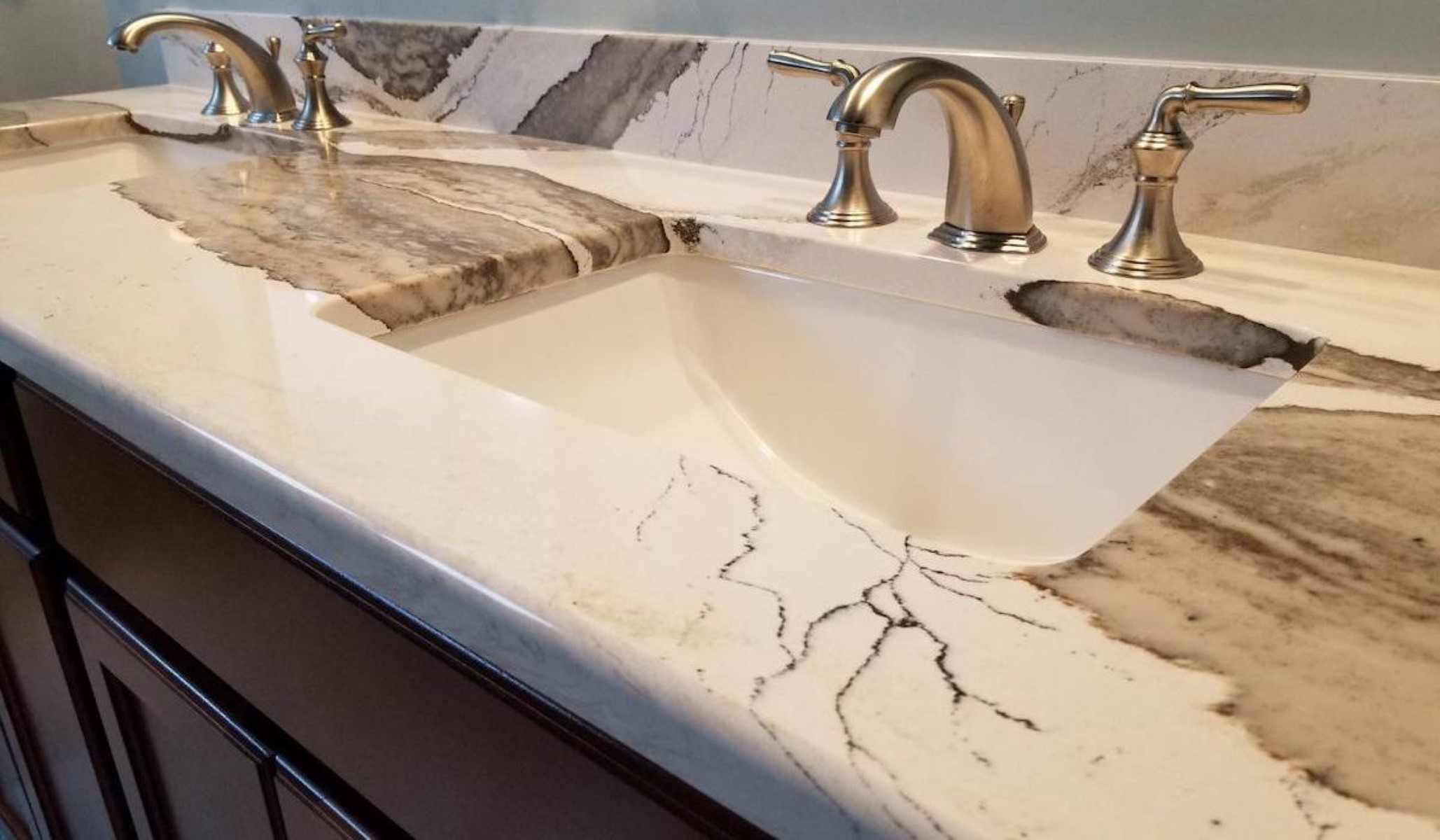
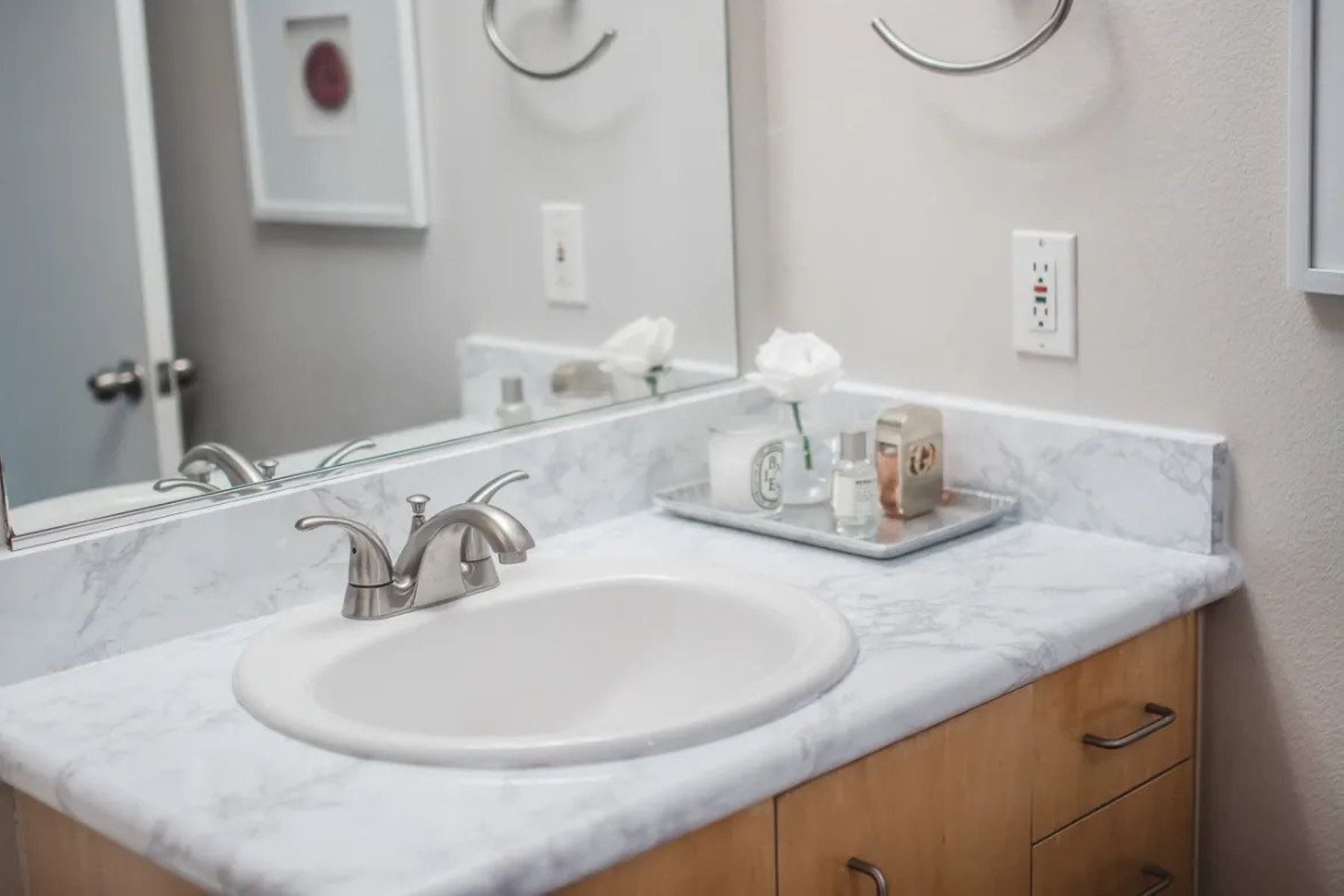
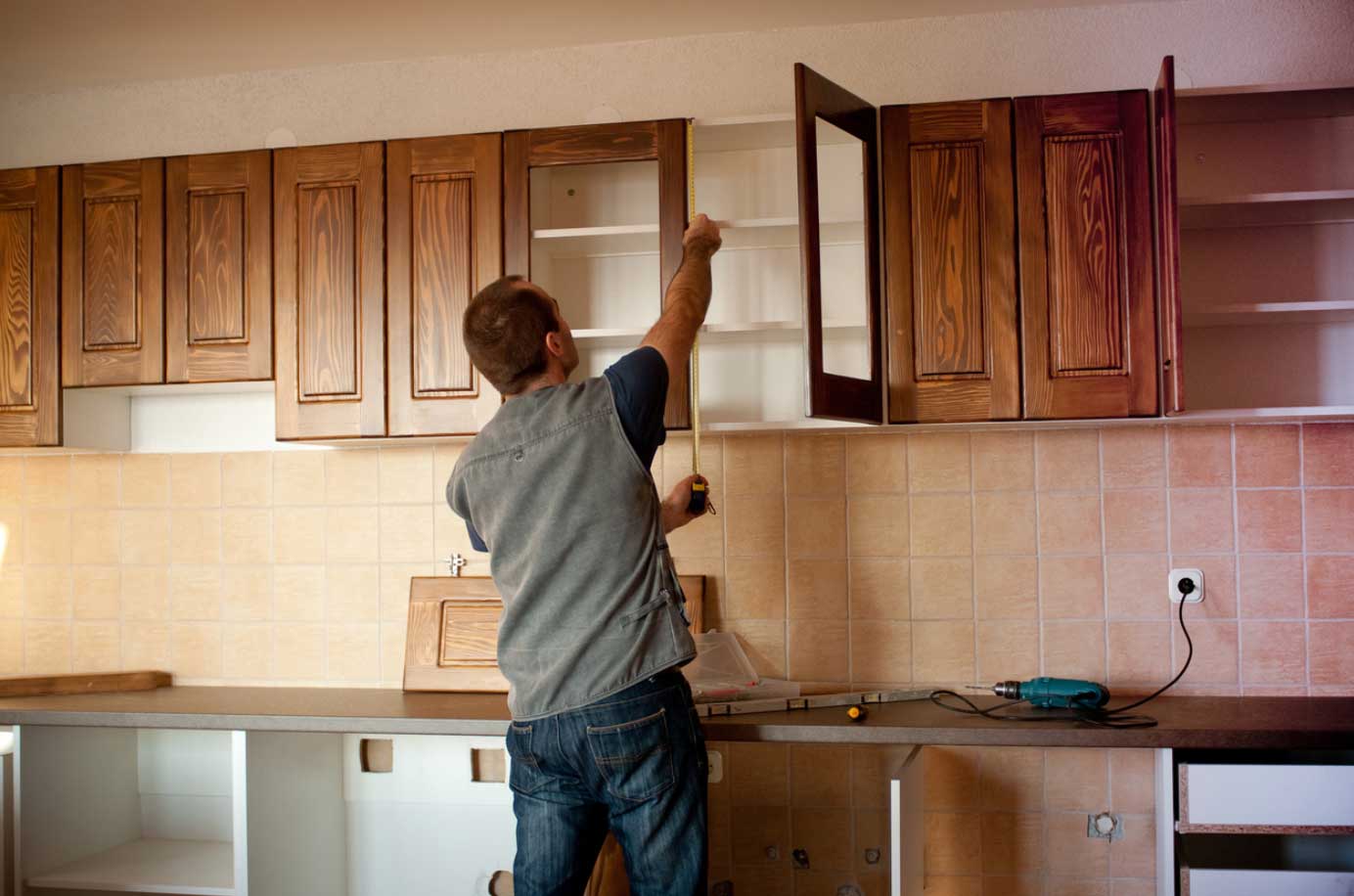
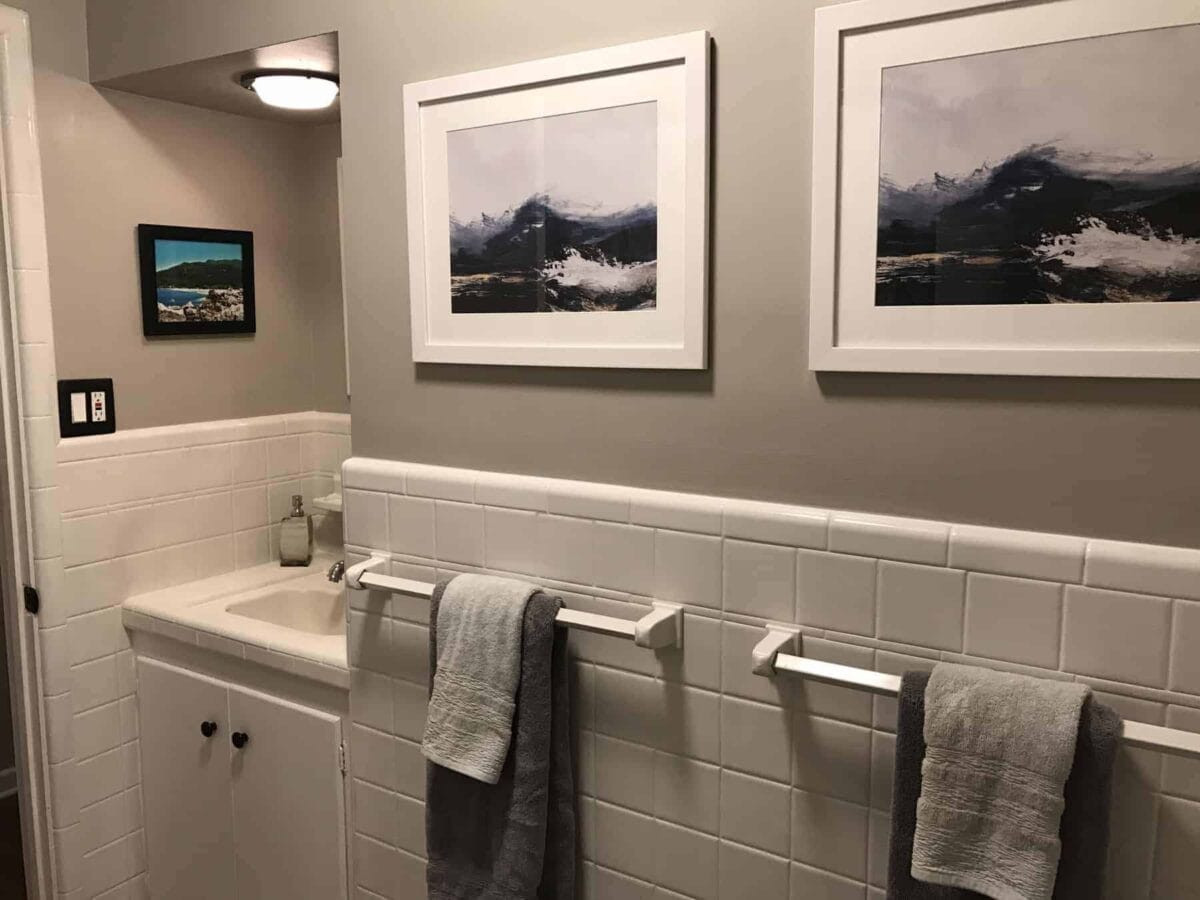
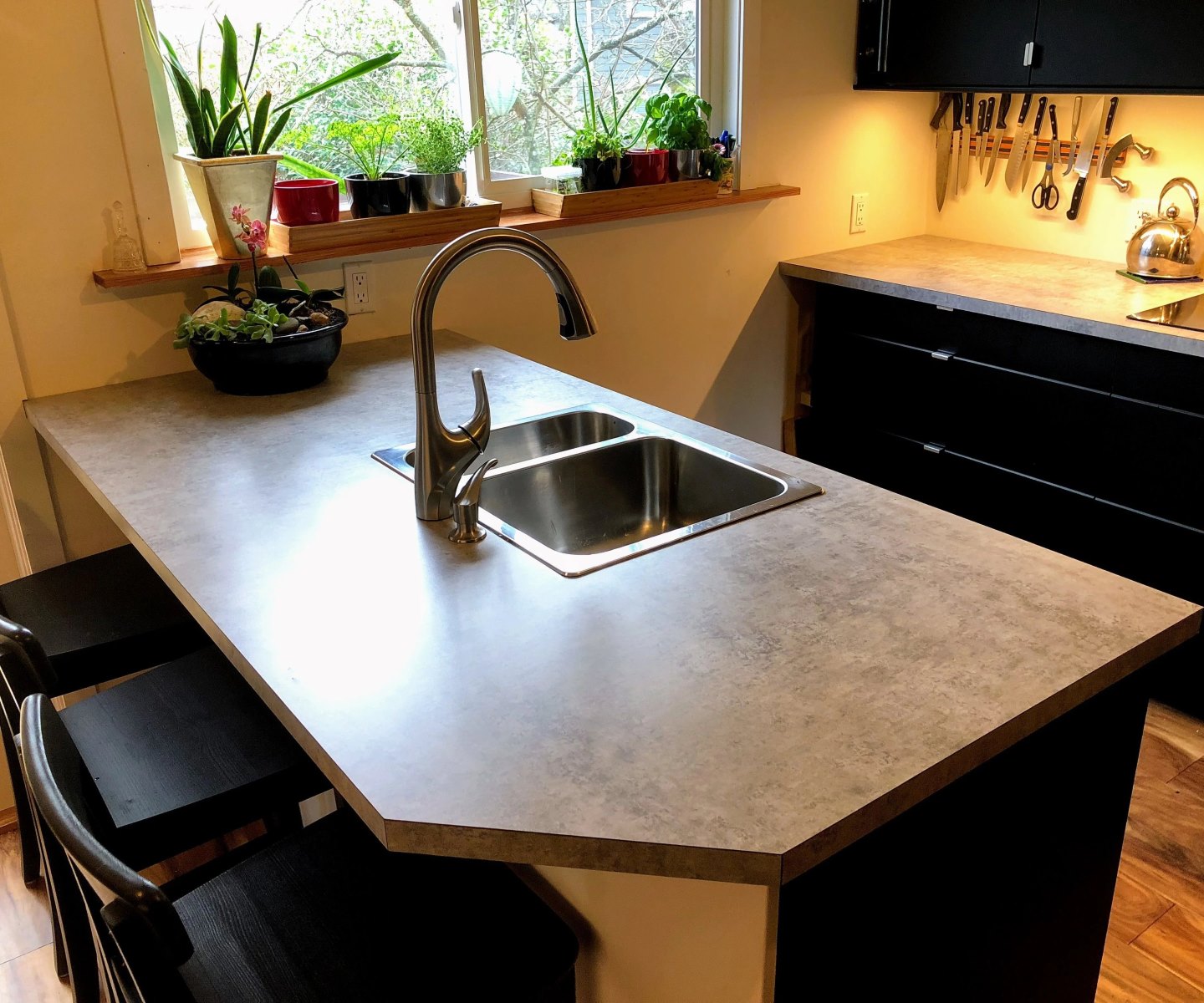
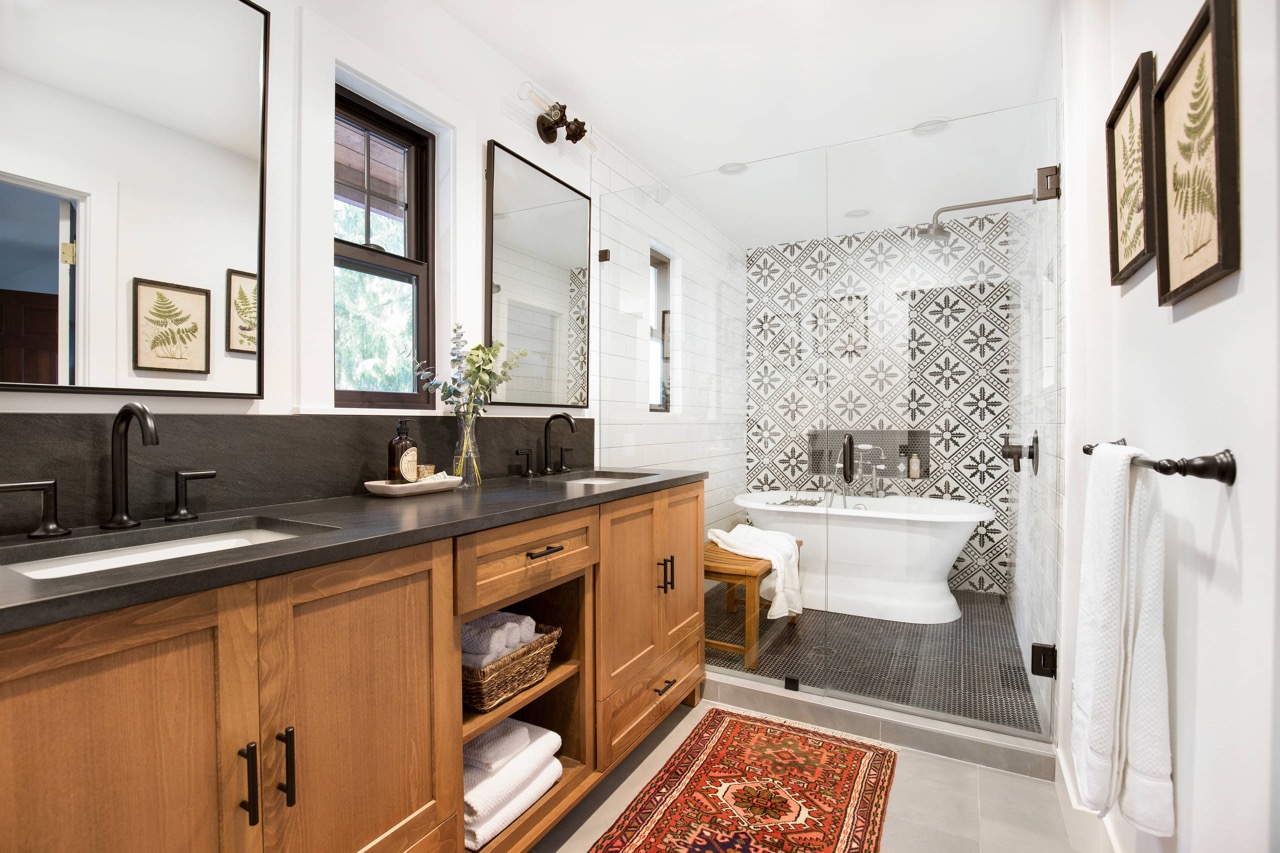
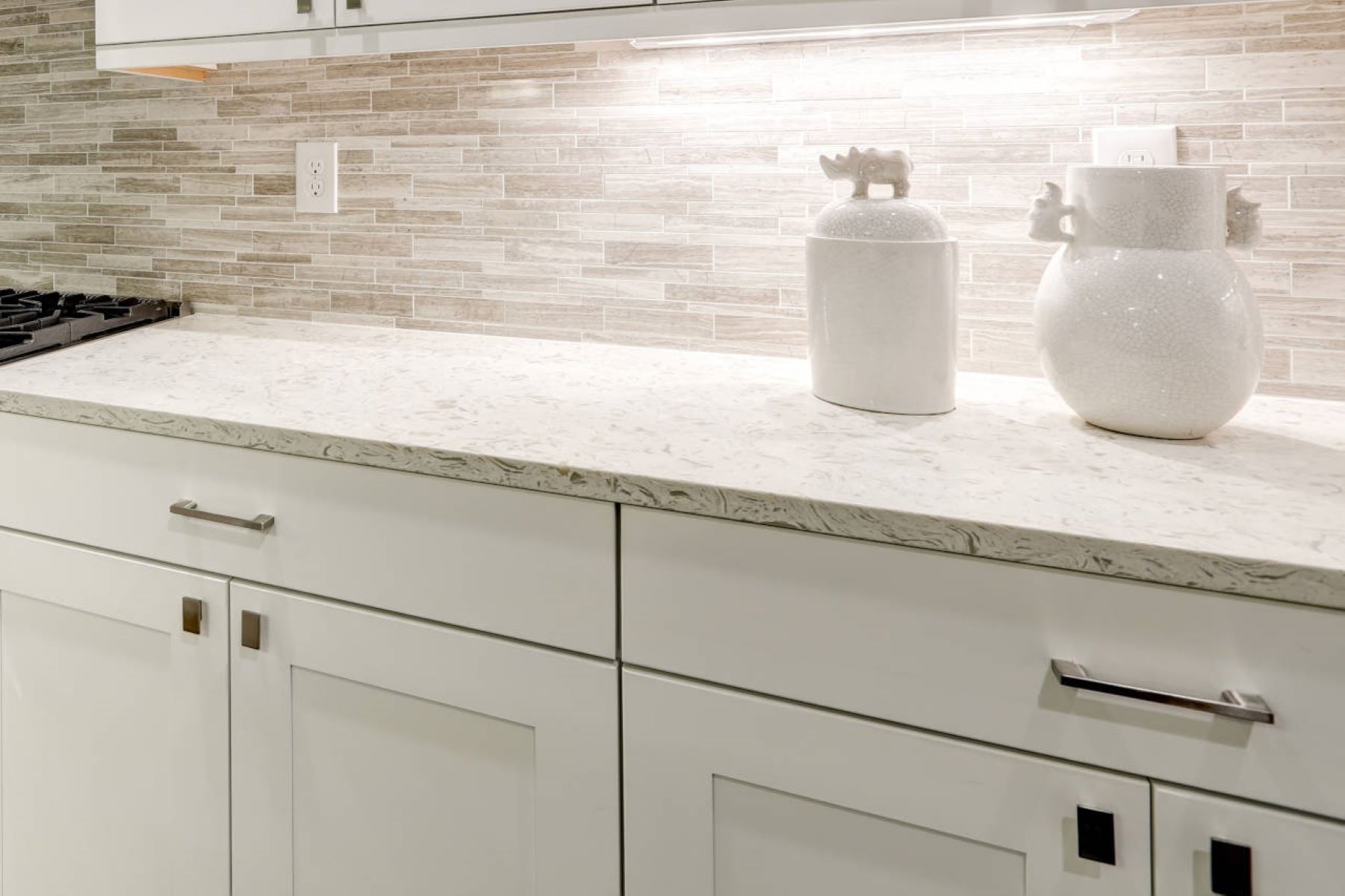
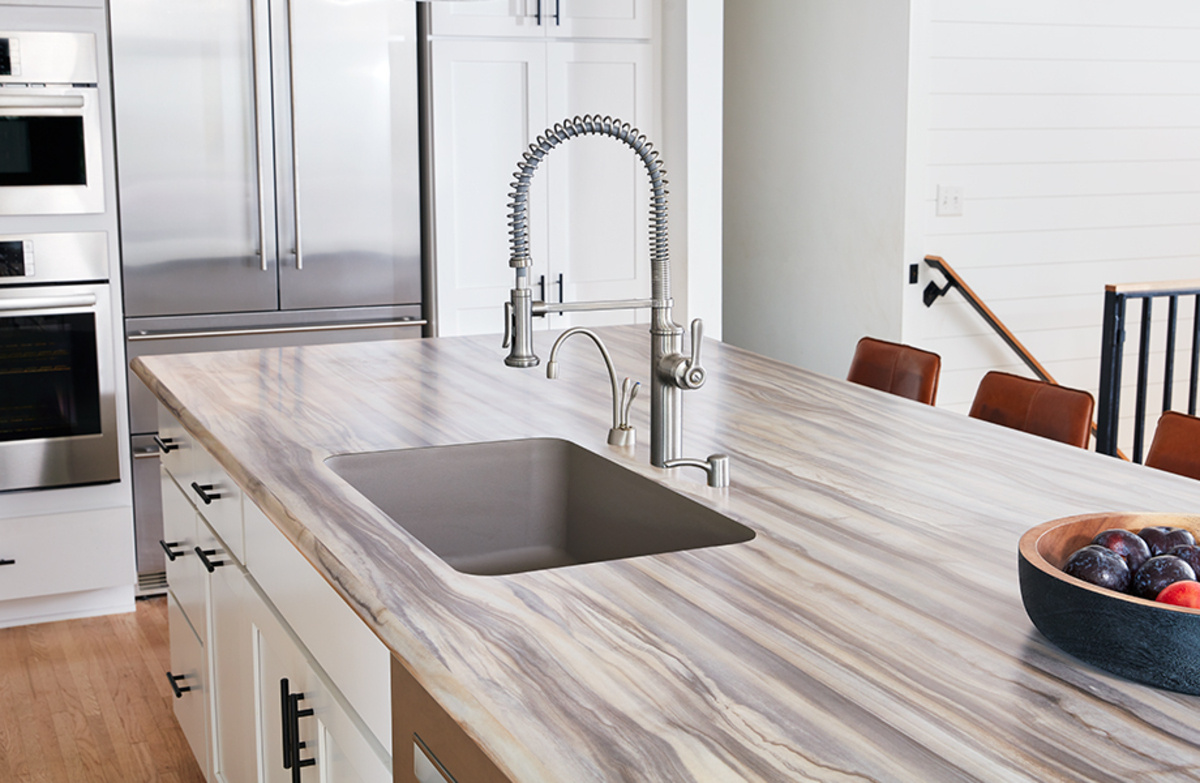
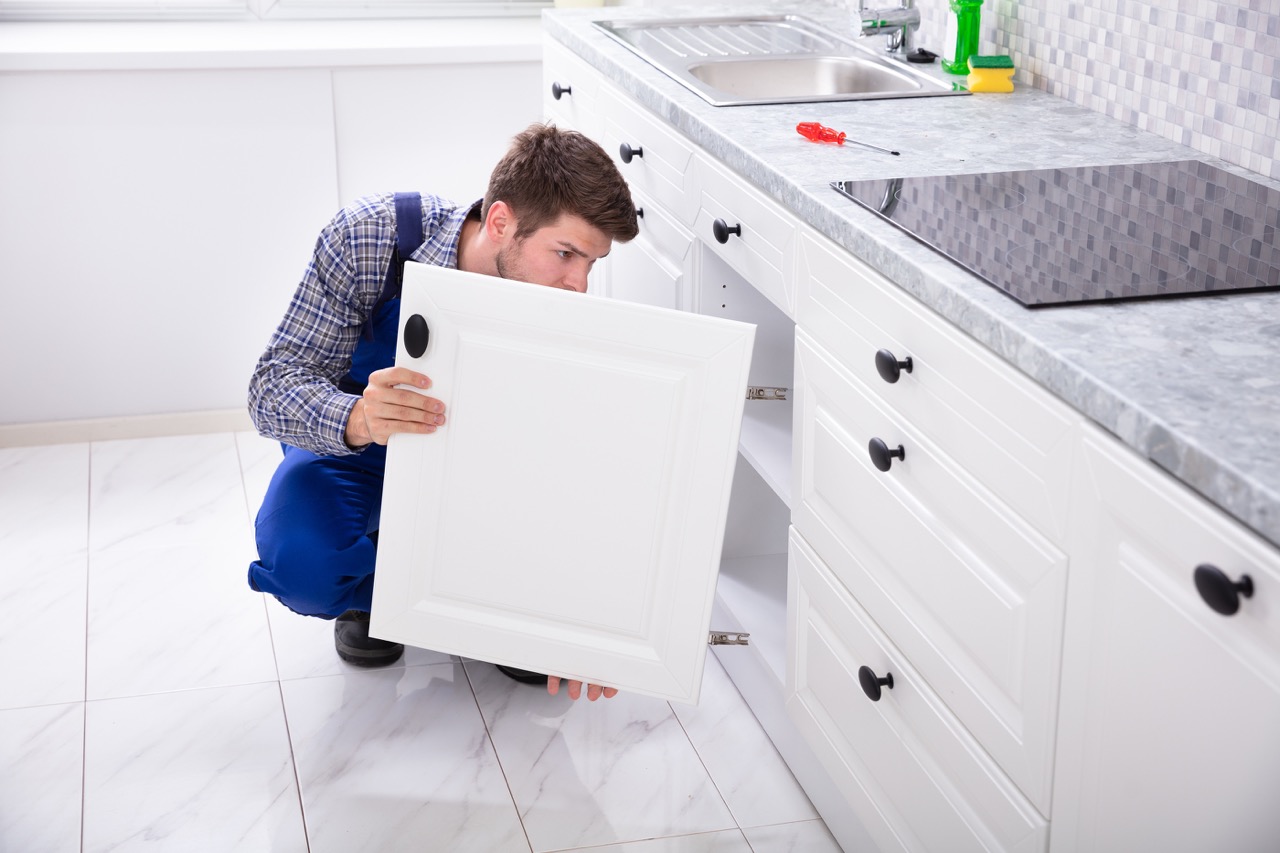
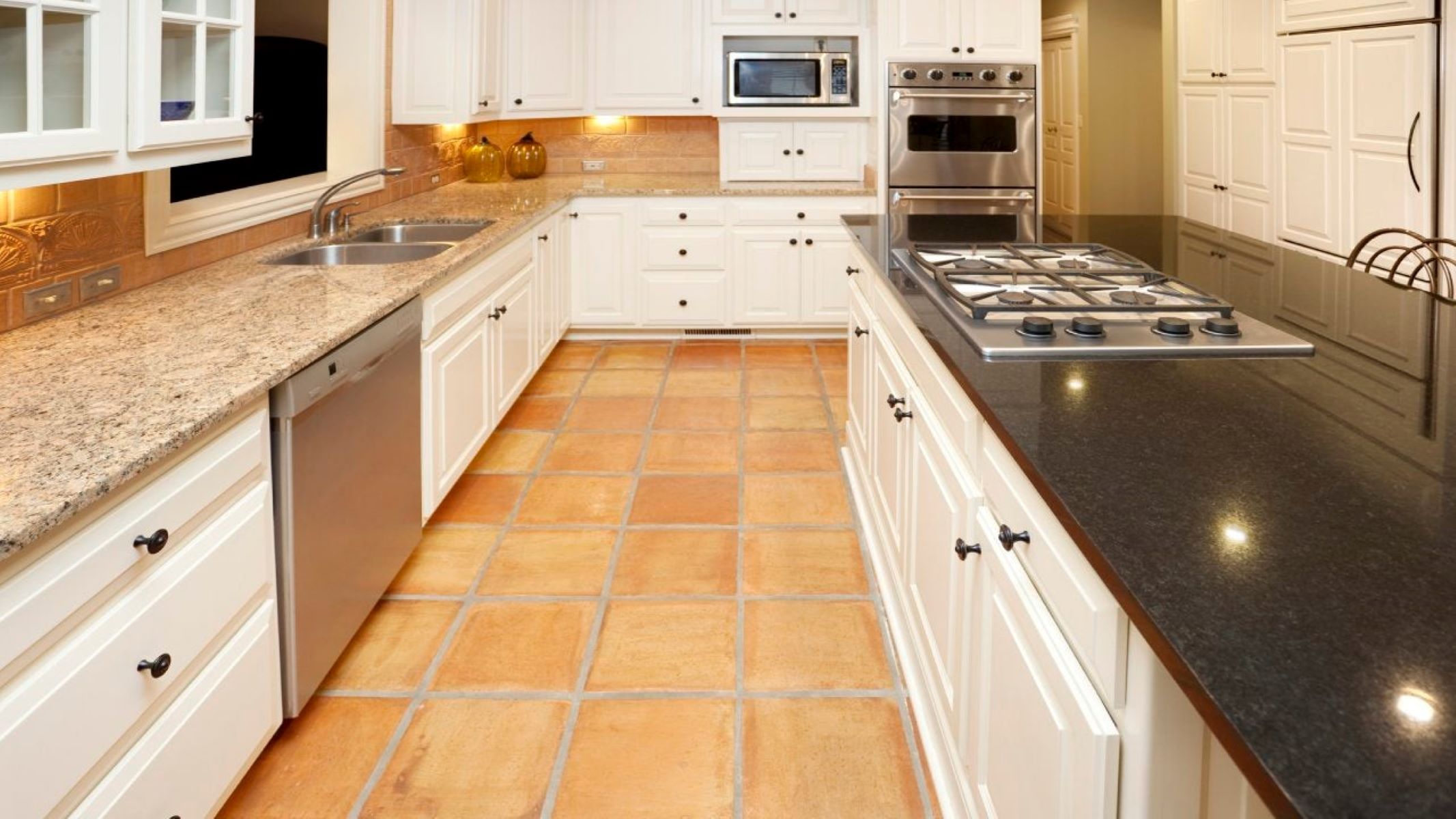
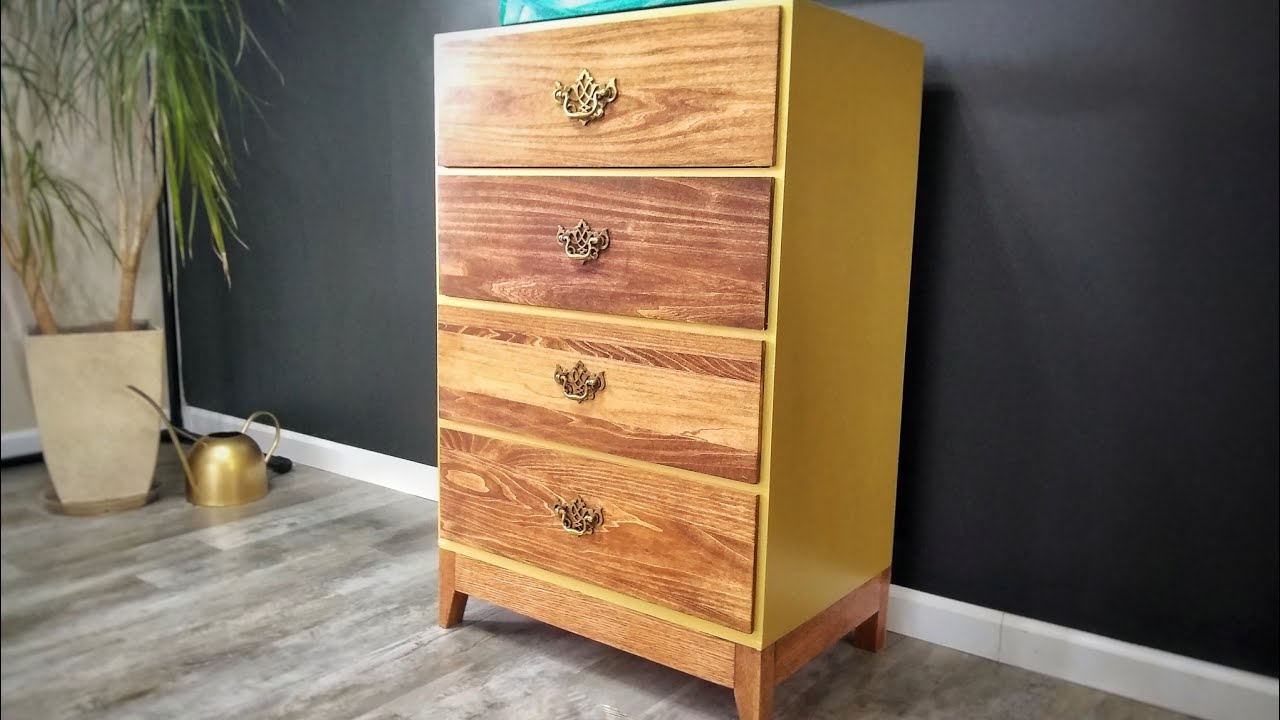
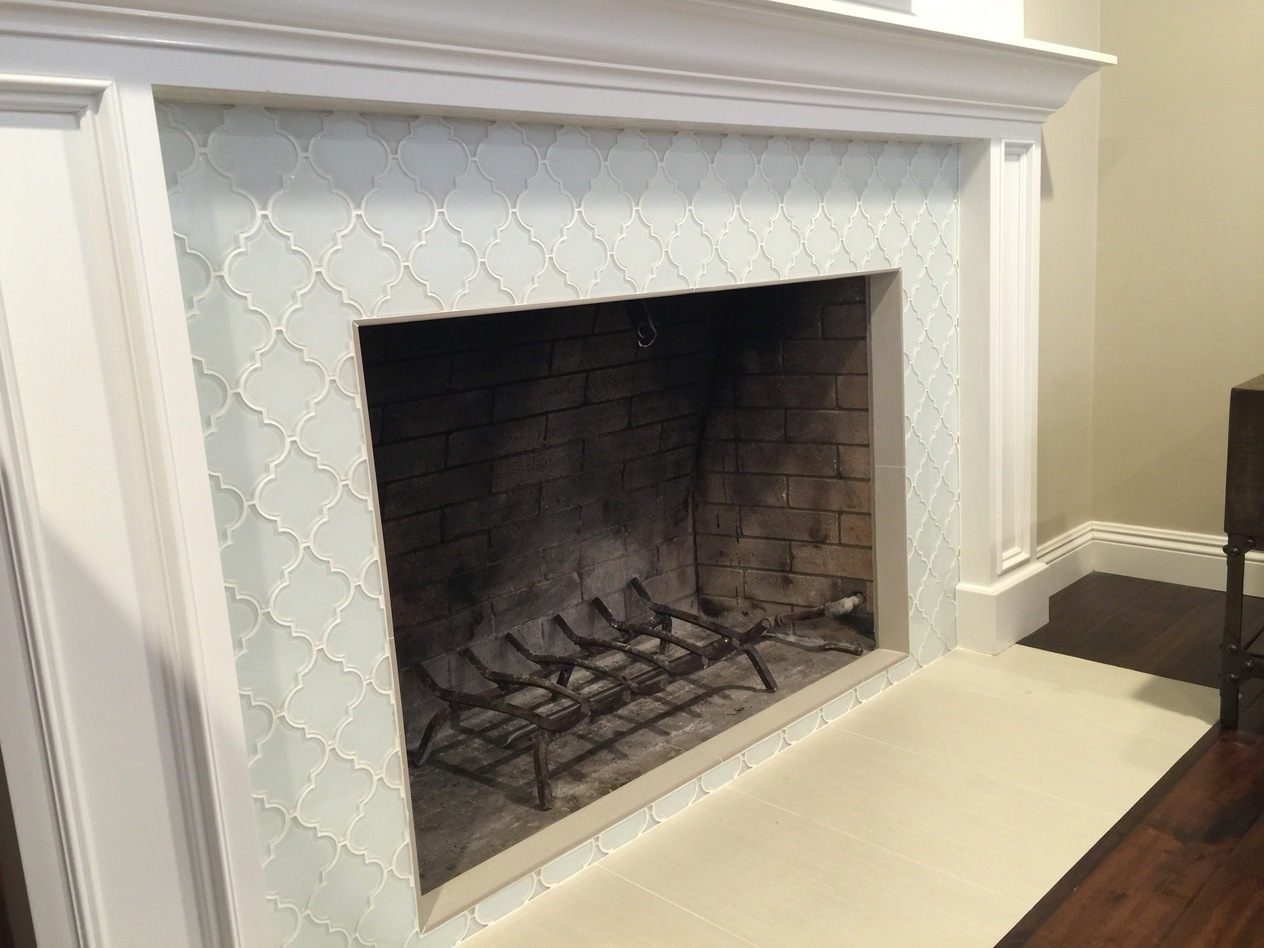

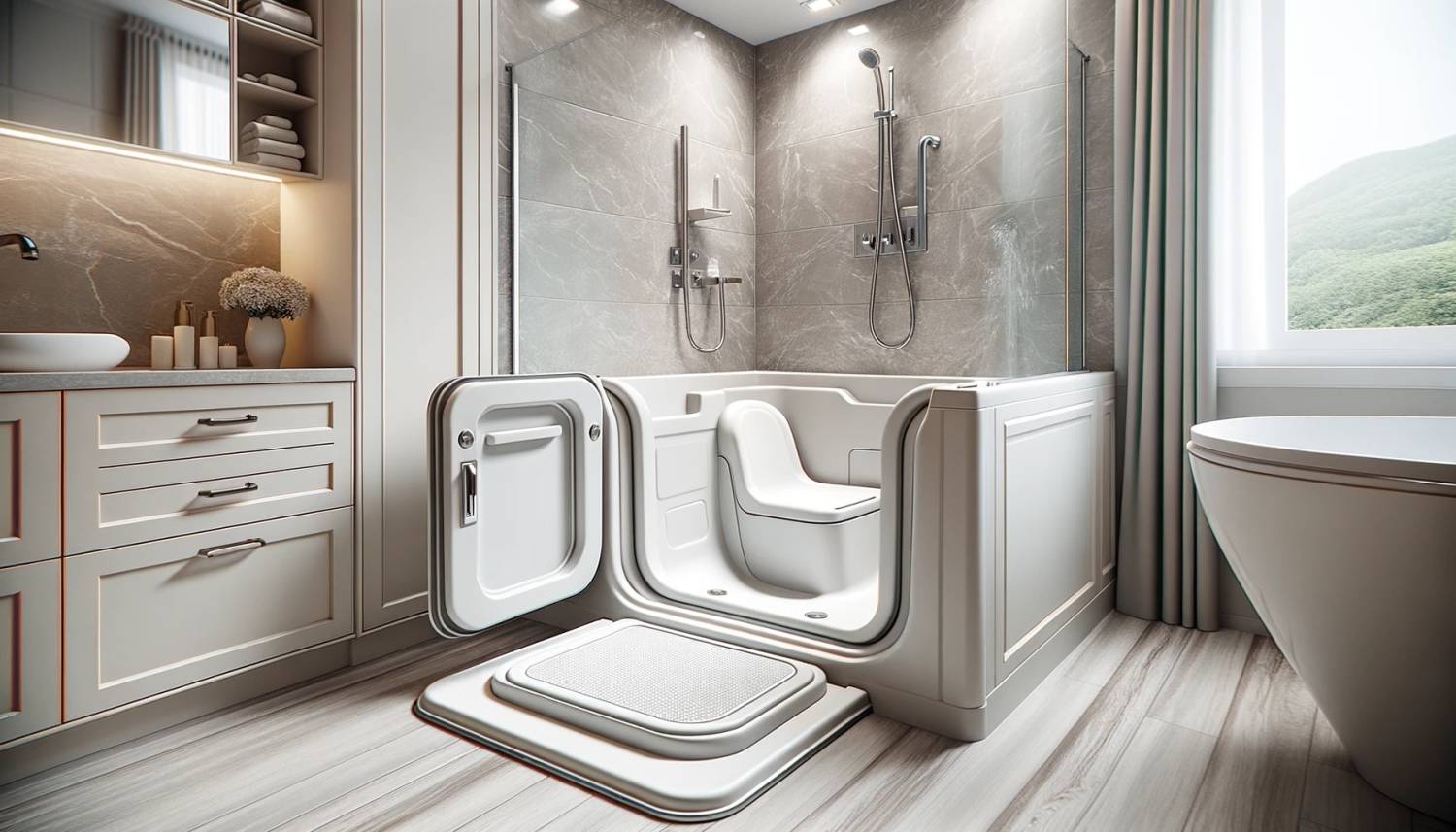

0 thoughts on “How To Update Countertops Without Replacing”